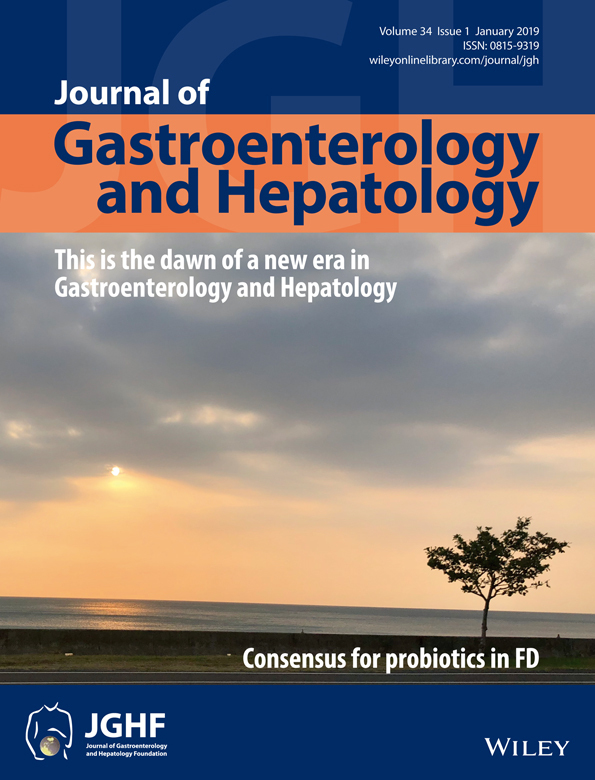Celiac disease gene expression data can be used to classify biopsies along the Marsh score severity scale
Abstract
Background and Aim
The diagnosis of celiac disease autoimmune pathology relies on the subjective histological assignment of biopsies into Marsh score categories. It is hypothesized that Marsh score categories have unique gene expression signatures. The aims were as follows: first, to develop a celiac disease quantitative reverse transcription–polymerase chain reaction (RT-PCR) array; second, define gene expression signatures associated with Marsh score categories; and third, develop equations that classify biopsies into Marsh score categories and to monitor the efficacy of patient treatment.
Methods
Gene targets for inclusion in the celiac RT-PCR (qRT-PCR) array were identified using systematic analysis of published celiac transcriptomic data. The array was used to assess the gene expression associated with histological changes in duodenal biopsies obtained from adult patients. Finally, Marsh score classification equations were defined using discriminant analysis.
Results
The array contained 87 genes. The expression of 26 genes were significantly (p < 0.06) associated with the discrete Marsh score categories. As the Marsh score pathology of biopsies increased, there was a progression of innate immune gene expression through adaptive Th1-specific gene expression with a concurrent decrease in intestinal structural gene expression in high Marsh score samples. These 26 genes were used to define classification equations that accounted for 99% of the observed experimental variation and which could classify biopsies into Marsh score categories and monitor patient treatment progression.
Conclusions
This proof-of-concept study successfully developed a celiac RT-PCR array and has provided evidence that discriminant equations defined using gene expression data can objectively and accurately classify duodenal biopsies into Marsh score categories.




